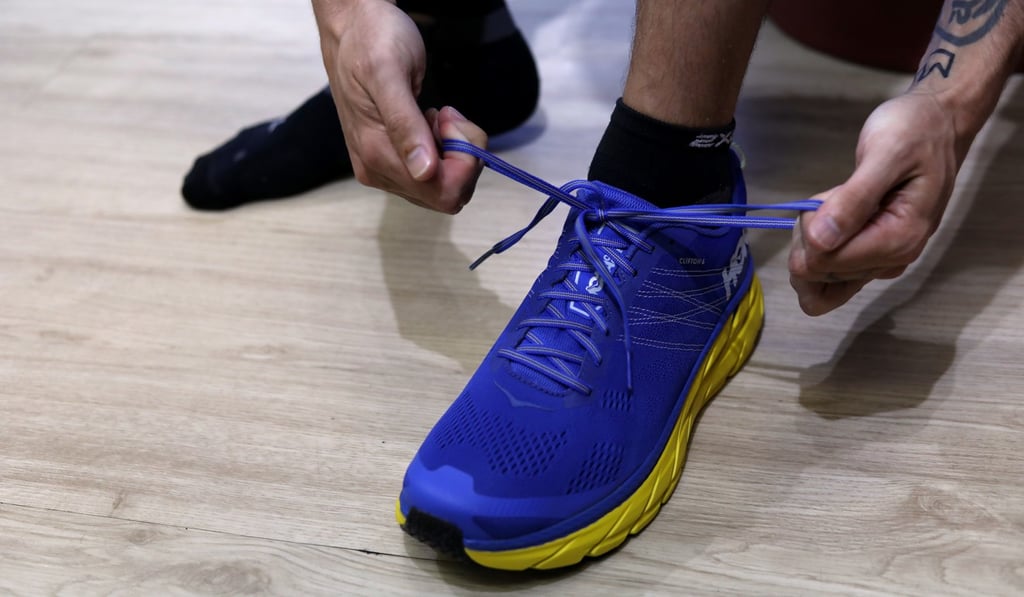View From The Edge | Nike Vaporfly escape Tokyo 2020 ban but what can runners learn from cycling and swimming about ‘technological doping’?
- Running is not the first sport to struggle to maintain a level playing field in the face of advancing technologies

The controversial Nike Vaporfly running shoe, worn by 31 of the last 36 podium finishers at the six major marathons in the world last year, has not been banned for the Tokyo 2020 Olympics, according to an article inThe Guardian newspaper. But tighter rules are set to be put in place around shoes allowed in running. It might sound like a novel problem – magic shoes – but running is not the first sport to have this issue, and lessons can be learned from others that have battled with advancing technologies.
The Vaporfly contain a carbon plate that is supposed to make running more efficient. It theoretically acts as spring, propelling you in the right direction. Running fans have questioned its fairness. Running is a test of physical stamina, not a battle of who has the best shoes.
Or is this the inevitable march of technology, and if so, where do we draw the line? Clothing has got better at wicking sweat, and cools athletes faster than garments of yesteryear. Off the track, training techniques, coaches and the latest sport science are available to some and not others. Are these all unfair advantages?
Two precedents can be considered in this conversation.

In 2008, Speedo launched a swim suit called the LZR Racer. It covered the whole body, was tight to make swimmers streamlined and added buoyancy. As many as 74 world records were set in it in the first six months after its launch, and over 90 per cent of all golds won at the Beijing Olympics were won in the suit, according to a different Guardian article.
